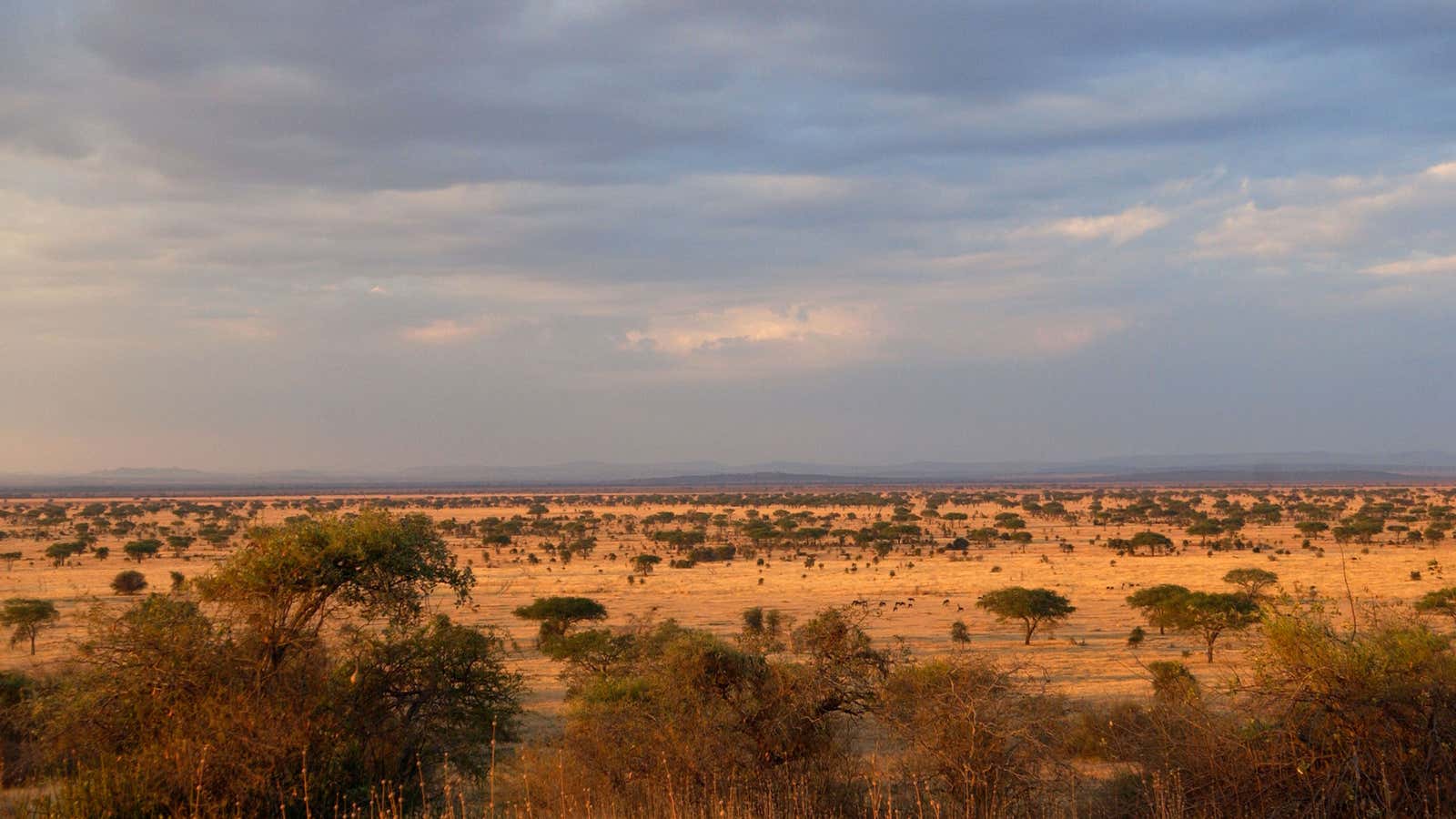An interesting detail about the US oil and gas boom is the war it has sparked among experts: while one group is cheering a bonanza it says is changing the world as we know it, another less-excited bunch yawns that yes, it’s big, but not quite revolutionary. So it is in East Africa. Along this coastline of backwater nations, a feverish band of oil and gas boosters speaks of a promised land. Other voices, however, caution that a long wander in the desert could come first.
In a 20-page report released Oct. 30, Ernst & Young, the accounting firm, falls neatly into the feverish crowd. Its report catalogues an oil and gas rush under way across the continent, and the chance of a very different future for the world’s most dire collection of economies. But the firm singles out East Africa, which it embraces as “the new promised land, or the next epicenter for global natural gas, the newest new frontier.” Behind the excitement are about 100 trillion cubic feet of gas discovered in the last couple of years off the coasts of Mozambique and Tanzania, plus oil found in Uganda and Kenya. On Oct. 30, Genel Energy, whose CEO is former BP boss Tony Hayward, said it will drill in Africa’s biggest basket case of all—Somalia, better known for its long history of piracy—in a field it calls a potential supergiant of 1 billion barrels of oil.
Quite apart from the enormous hydrocarbon reserves, Ernst & Young says the drilling is relatively cheap: East Africa gas can be produced and converted to liquefied natural gas (LNG) at a break-even price of $7 per billion BTUs, compared with $10 in Australia, another boom area. In making this particular assertion, the firm quotes Wood MacKenzie, an Aberdeen-based energy research firm better known as WoodMac.
What the firm does not say is that WoodMac is among the voices of caution on East Africa.
Oil and gas are typically found in inhospitable and off-the-beaten track locales, and in an August report (subscription required) WoodMac suggested that East Africa falls well into this grouping—remote and all-but-undeveloped, with “virtually no existing skilled work force.” The countries along this strip of Africa require ports, roads, housing and most other infrastructure to be built essentially from scratch; the governments themselves are not as yet up to the task of erecting the bureaucratic, legal and financial foundation of serious petro-economies, either. Long delays are probable.
If WoodMac is more correct than Ernst & Young, the skills shortage may be the biggest hobbling factor. Rules in the countries require a high percentage of local employment, and one estimate is that the countries may require a decade to train up enough local workers to man the projects. Meanwhile, they will have to relax their rules.
Even if the labor force is made right, there is still the problem of market. East Asia, where virtually all of the growth in energy use is projected in the coming couple of decades, looks likely to be saturated by the 2020s with LNG from the US, Australia and Qatar. Mozambique could export 85 billion cubic meters (bcm) of gas a year if the market were completely open, WoodMac Africa analyst Martin Kelly says, but given the competition, it’s more likely to export just 30 bcm annually starting around 2020.




